Introduction to the taste of coffee beans fermented in oak barrels at Jose Manor in St. Caldas, Colombia
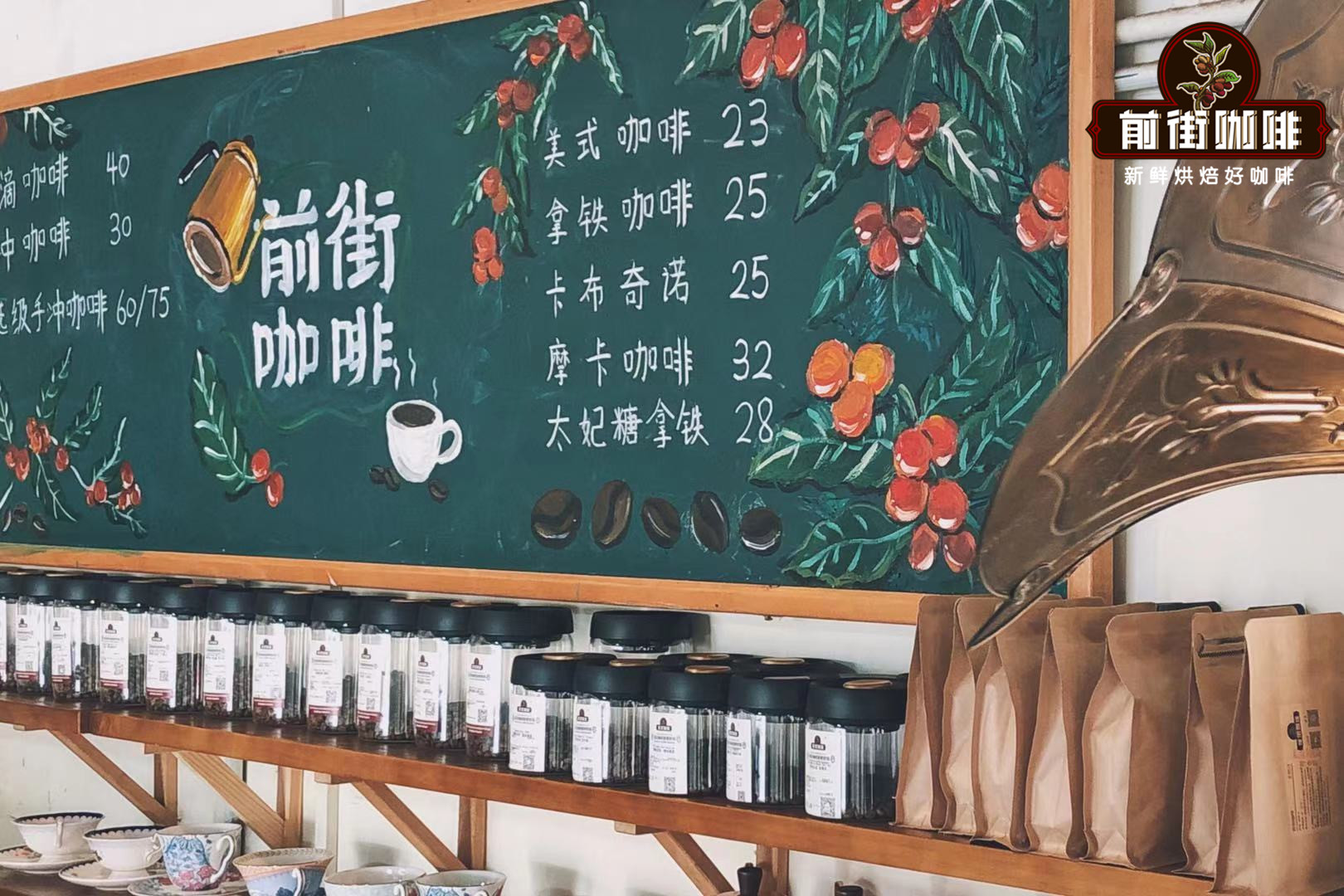
Professional coffee knowledge exchange more coffee bean information please follow the coffee workshop (Wechat official account cafe_style)
At present, in the boutique coffee market, the two types of coffee beans fermented in barrels of Manor Mocha in Honduras are very popular with coffee fans, but the barrel fermentation method is not the first one developed by Mocha Manor. It was developed by the female owner of Chateau San Jose in Colombia, so the next article in front of the street coffee will be popular with coffee beans fermented from the barrel of Chateau San Jose.
Front Street Coffee Columbia San Jose Manor Coffee beans
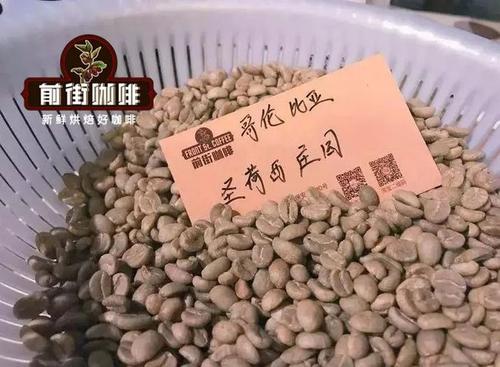
Producing area: Caldas, Colombia
Manor: San Jose Manor
Altitude: 1750 m
Grade: supremo
Variety: Castillo
Treatment: refined water washing rum barrel fermentation treatment
San Jose Manor
The century-old San Jose Manor (Finca San Jose Estate) is located in the Caldas region of Colombia, where there is plenty of sunshine and the annual average temperature is between 21 ℃ and 25 ℃. The estate has a total of 18 hectares, of which 16.5 hectares are used to grow coffee.
And in the wave of boutique coffee in recent years, San Jose Manor has been actively trying to find a breakthrough to find a different path for itself. So this laid the groundwork for the birth of wine barrel fermentation treatment.
The birth of wine barrel fermentation treatment
According to Qianjie Coffee, the wine barrel fermentation treatment of San Jose Manor was developed by the third generation of female owners of San Jose Manor. The story begins by accident that Monsalve Botero, the hostess of San Jose Manor, was one day accompanying her husband (engaged in the production of lime oak barrels and the production of lime wine) when filling the distillate of lime wine ready to ferment, it suddenly occurred to him whether there would be a different flavor if the raw coffee beans were fermented in oak barrels.
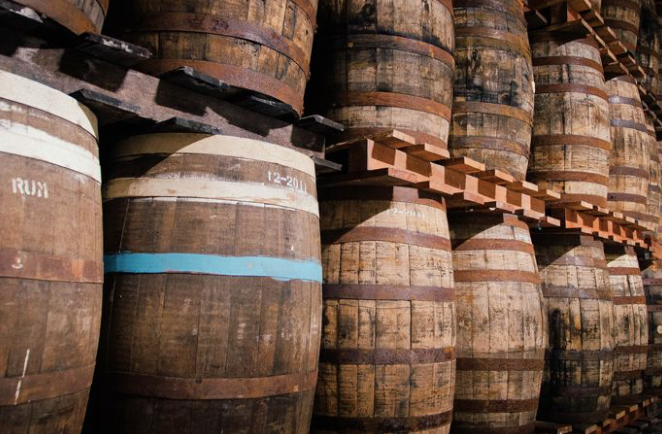
Under this idea, the hostess Monsalve Botero began to put raw beans into rum barrels of different ages for low-temperature fermentation in 2013, and compared the fermentation flavor produced at different times, through this experiment, the most suitable bucket and fermentation time length were selected. Finally, we successfully found the most suitable combination to achieve a special and satisfactory flavor, so as to produce rum barrel fermented coffee which is different from traditional rum washing. So what is the process of this method? Qianjie coffee will be shared with coffee fans and friends below.
Delicate washing treatment + rum barrel fermentation
The owner of the San Jose manor chooses Castillo coffee beans, selects the ripe coffee fruit by hand, and after washing in full water, let it ferment for 20 hours, then put the beans into rum oak barrels for more than 8 years, and leave the beans in the wine barrel for three months. roll once a day to evenly absorb the aroma of the wine.
The coffee beans in the barrel are sampled every 30 days during the barrel fermentation to ensure the degree of fermentation and whether the aroma of the wine is fully absorbed, so that when the coffee beans are finally finished, the characteristics can be more distinct and complete. After fermentation, the rum-flavored coffee beans will be dried in the greenhouse, and the average temperature in the greenhouse can avoid secondary fermentation caused by the high temperature caused by the African scaffolding sun.
Because this Colombian San Jose coffee bean is treated in the same way as the two Honduran coffee beans in the front street coffee shop, the front street coffee compares the two kinds of coffee beans for a cup test. it is concluded that the two barrel fermented coffee beans in Honduras are in the order of wine, then soft acidity, and finally creamy taste and nutty cocoa flavor.
The San Jose rum barrel ferments the coffee beans with a creamy taste of nutty cocoa, followed by the aroma of rum, followed by the acidity of tropical fruits and the sweetness of maple syrup.
Varieties of coffee beans in San Jose Manor, Colombia
Unlike the varieties of sherry and litchi orchid beans in Honduras, the San Jose estate uses Castillo coffee beans, which are abundant in Colombia. this variety of coffee beans was developed by the Colombian Coffee Research Institute in 2005 to enhance plant disease resistance. It is currently the main cultivated variety in Colombia. This raw bean is blue-green and smells full of fermented and ripe fruit.
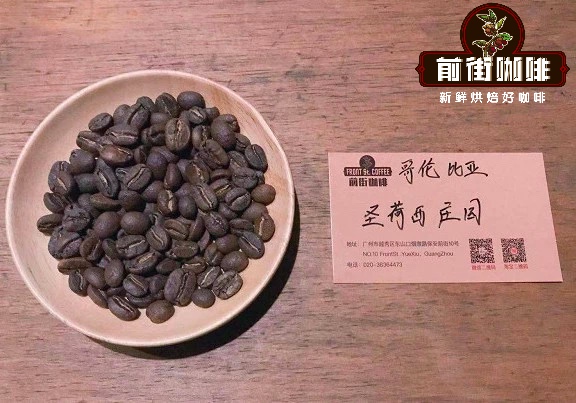
Development History of Castillo Coffee varieties
According to Qianjie Coffee's understanding of the origin of this variety of coffee beans began in 1961, CENICAFE began to study the Robusta Timor variety, and then CENICAFE continued its research and development. In 2002, a second disease-resistant variety, Tabi (a hybrid of Bourbon and Timor), was released.
In 2005, they released a new coffee seed called Castillo, after Jaime Castillo Zapata (Jaime Castillo Zapata), the scientist who led the study.
Finally, after the outbreak of coffee leaf rust in 2008, Colombia began to vigorously promote the Castillo variety of coffee beans.
Colombian coffee bean grade
Of course, according to Qianjie Coffee, Colombia also has its own coffee bean grading system, and Qianjie Coffee, a San Jose manor coffee bean, is made from the highest level of coffee beans in the region. Here are the grading criteria for Colombian coffee beans:
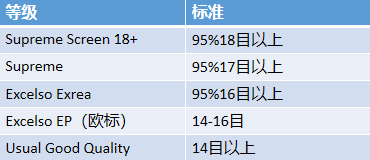
The above is the relevant information about San Jose Manor coffee beans sorted out by Qianjie Coffee. I hope this article can help coffee fans know more about coffee beans; secondly, Qianjie coffee will undergo a large number of brewing tests before each new coffee bean is put on the shelves, and then Qianjie Coffee will share the flavor of San Jose Manor coffee beans at different temperatures.
Qianjie Coffee San Jose Manor Coffee Bean hand-brewing parameters sharing
Qianjie coffee is brewed at three water temperatures: 92 ℃, 90 ℃ and 88 ℃. In this experiment, only the water temperature was changed, and other parameters and techniques were kept unchanged as far as possible.
Parameters: filter cup Hario V60, powder quantity 15g, medium and fine grinding (BG 6m: Chinese standard No. 20 sieve pass rate 58%), powder-water ratio 1:15, stage extraction.
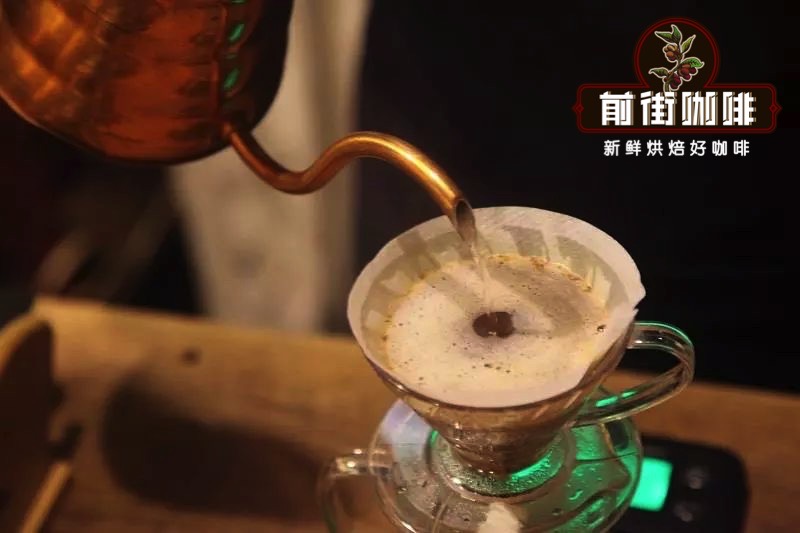
[water temperature: 92 ℃]
Steam for 30 seconds with 25 grams of water, small flow center circle water injection to 126 grams, water level drop is about to expose the powder bed, continue to inject water to 226 grams, water level drop is about to expose the powder bed, remove the filter cup, (steaming starts timing) the extraction time is 1: 40 ".
Flavor: it has a strong fermented aroma, with chocolate, caramel and soft fruit acid, with a slight smoky taste.
[water temperature: 90 ℃]
Steam for 30 seconds with 27 grams of water, small flow center circle injection to 125 grams, water level drop is about to expose the powder bed with slightly larger water injection to 226 grams, water level drop is about to expose the powder bed to remove the filter cup, (steaming start timing) extraction time is 1: 43 ".
Flavor: it has a strong aroma of fermented wine, with rum, nuts, tropical fruits, dark berries, cream and oolong tea.
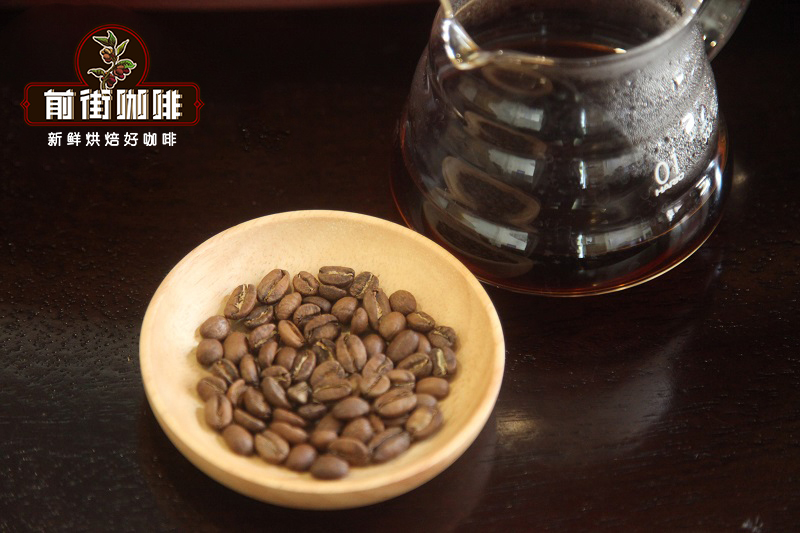
[water temperature: 88 ℃]
Steam for 30 seconds with 28 grams of water, small flow center circle injection to 125 grams, water level drop is about to expose the powder bed with slightly larger water injection to 226 grams, water level drop is about to expose the powder bed to remove the filter cup, (steaming start timing) extraction time is 1: 42 ".
Flavor: it smells slightly fermented and tastes like chocolate, nuts, citrus, jackfruit and tropical fruits. The overall flavor will be more fruit tonality.
The coffee hand in the front street rushed to sum up.
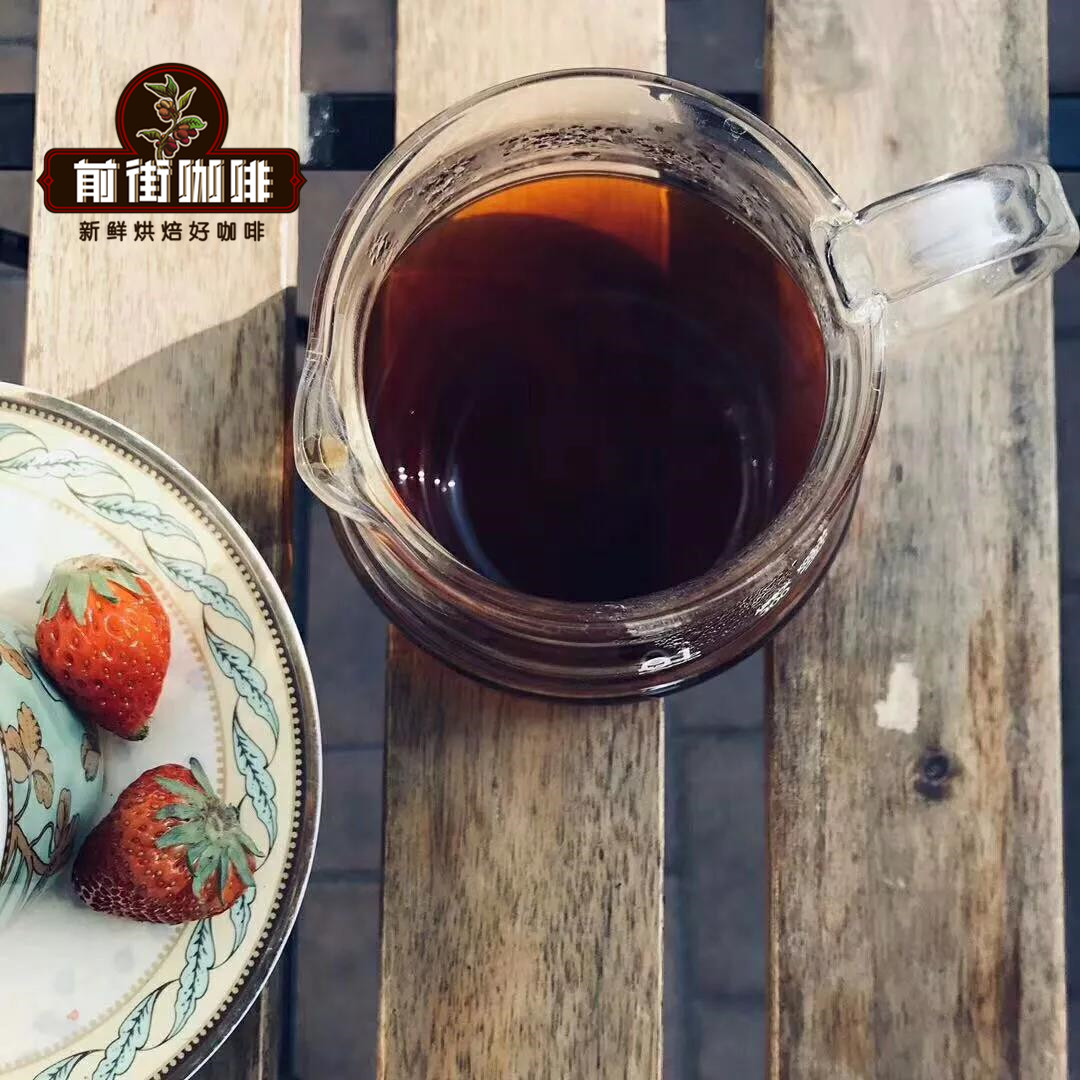
Compared with San Jose extracted by three different water temperatures, the flavor of coffee brewed at 88 ℃ will be sour, while brewing at 90 ℃ can better show the sweetness and balance of the beans. Therefore, Qianjie coffee is recommended to choose 88 ℃-90 ℃ water temperature will be more suitable for this bean, why not recommend higher temperature brewing? Because the baking degree of this bean is moderately baked, coupled with the deep fermentation, the bean quality will be loose, so if the water temperature used in cooking is too high, it will be easy to extract.
The above is the hand-sharing arranged by Qianjie Coffee, hoping to help coffee fans make their own hand-made coffee at home.
For more boutique coffee beans, please add private Qianjie coffee on Wechat. WeChat account: kaixinguoguo0925
Important Notice :
前街咖啡 FrontStreet Coffee has moved to new addredd:
FrontStreet Coffee Address: 315,Donghua East Road,GuangZhou
Tel:020 38364473
- Prev
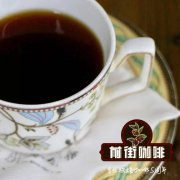
A brief introduction to the flavor characteristics of coffee beans in Baisheng Village Manor, Nantou, Taiwan.
Professional coffee knowledge exchange more coffee bean information please follow coffee workshop (Wechat official account cafe_style) Origin: Taiwan production area: Nantou country surname Manor: Baisheng Village Manor treatment: honey treatment Baking: shallow roasting Taiwan officially began to systematically plant coffee, which can be traced back to the Japanese occupation period, early due to poor cultivation techniques, fermentation treatment is not refined, wind
- Next
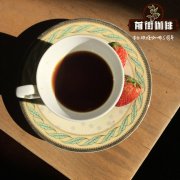
What's so unique about Mexican coffee? what's so good about Mexican coffee?
Professional coffee knowledge exchange more coffee bean information please follow the coffee workshop (Wechat official account cafe_style) Mexican coffee features and taste: Mexico is an exotic place with deserts, blue waters, mountains, huge cities and small villages. In recent years, the demand for high-quality coffee has greatly increased the interest of Mexican coffee buyers, which helps to mention
Related
- Detailed explanation of Jadeite planting Land in Panamanian Jadeite Manor introduction to the grading system of Jadeite competitive bidding, Red bid, Green bid and Rose Summer
- Story of Coffee planting in Brenka region of Costa Rica Stonehenge Manor anaerobic heavy honey treatment of flavor mouth
- What's on the barrel of Blue Mountain Coffee beans?
- Can American coffee also pull flowers? How to use hot American style to pull out a good-looking pattern?
- Can you make a cold extract with coffee beans? What is the right proportion for cold-extracted coffee formula?
- Indonesian PWN Gold Mandrine Coffee Origin Features Flavor How to Chong? Mandolin coffee is American.
- A brief introduction to the flavor characteristics of Brazilian yellow bourbon coffee beans
- What is the effect of different water quality on the flavor of cold-extracted coffee? What kind of water is best for brewing coffee?
- Why do you think of Rose Summer whenever you mention Panamanian coffee?
- Introduction to the characteristics of authentic blue mountain coffee bean producing areas? What is the CIB Coffee Authority in Jamaica?

